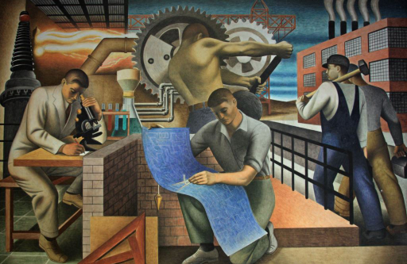
In general systems theory, any system consists of:
a) Its parts, and
b) Their interactions.
Holism arises when the performance of a system of parts is not defined by reducing it to those parts alone. It applies especially to systems that arise primarily from part interactions. Even simple parts, like air molecules, can interact strongly to form a chaotic system like the weather (Lorenz, 1963). Gestalt psychologists called the concept of the whole being more than the sum of its parts holism, as a curved line is just a curve, but a curved line in a face becomes a “smile”. Holism is how system parts change by interacting with others. Holistic systems are individualistic, because changing one part, by its interactions, can cascade to change the whole system drastically. People rarely look the same because one gene change can change everything. The brain is also holistic — one thought can change everything that you know.

Yet a system’s parts need not be simple. The body began as one cell, a zygote, that divided into all the cells of the body, including liver, skin, bone and brain cells. Note that deciphering the human genome gave the pieces of the genetic puzzle, not how they connect, just as getting all the pieces of a jigsaw puzzle is not the same as putting them together. Likewise, in early societies most people did most things, but today we have millions of specialist jobs. A system’s specialization is the degree to which its constituent parts differ in form and action.
Holism (complex interactions) and specialization (complex parts) are the hallmarks of evolved systems. The former gives the levels of the last chapter and the latter gives the system part specializations discussed now.